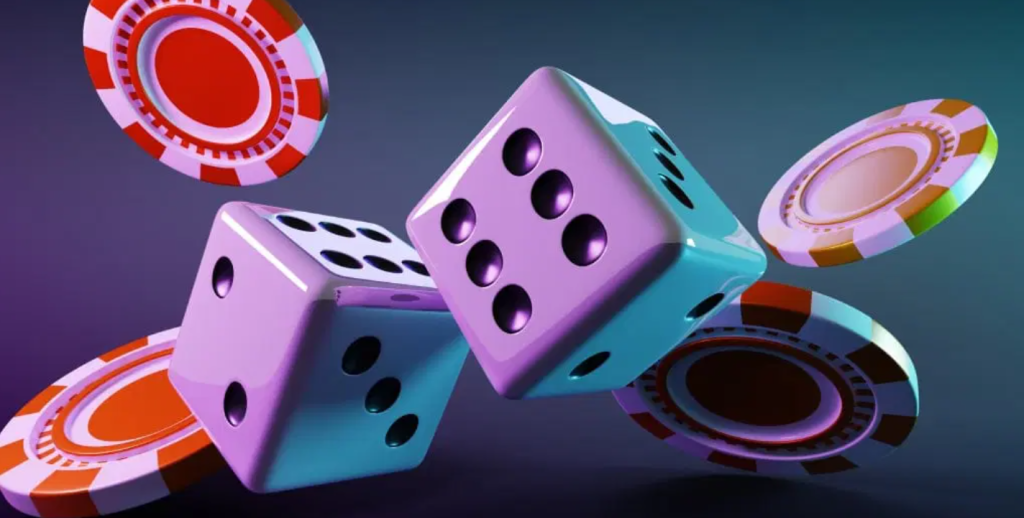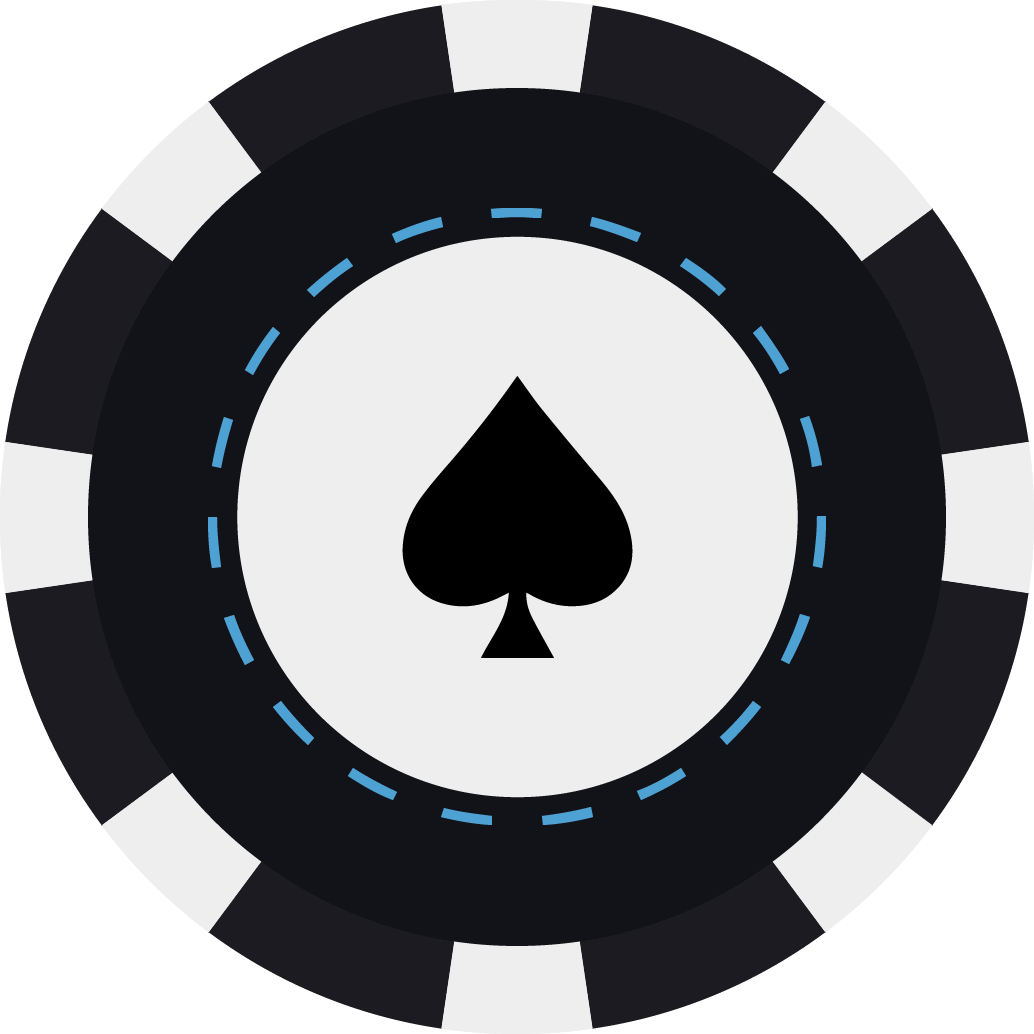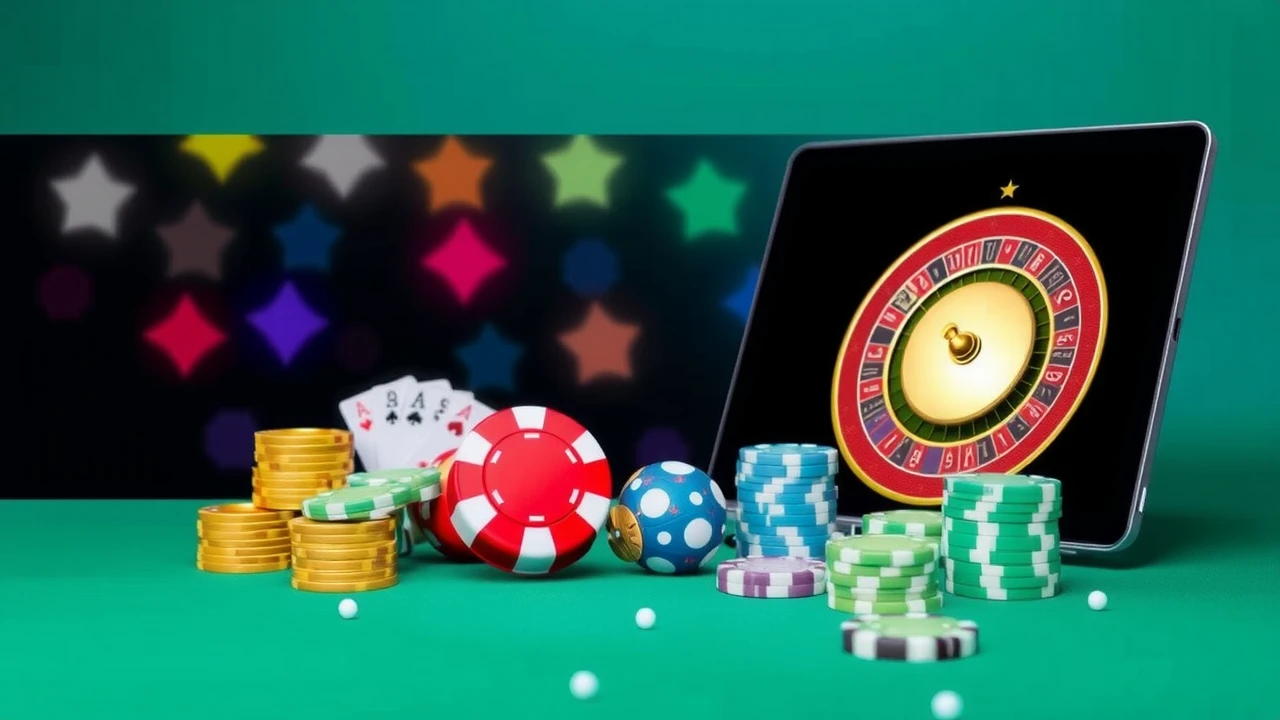Gaming success is not magic, but a sequence of small steps: choosing the right game, managing the pace, having a fixed plan for the session, and making sober decisions during breaks. Highway provides a convenient environment for this approach: clear navigation, understandable game cards, and friendly hints. If you want to get straight to the point, play at Highway Casino online and see how easy it is to organize your first gaming block with a timer, without rushing or unnecessary emotions.
Quick add-on: put the timer and limits in view before launching the first spin — it anchors discipline.
How to pave a “smooth road” to results
The logic of controlled play
The main idea is to stay focused on the process, not your emotions. To do this, you need a short ritual: a goal for the session, a timer, a clear bet, a break with a note, and one small decision at the end. Repeat this cycle every day. It saves energy, protects your budget, and gives you a sense of control.
Extra: write your one-line goal at the top of your notes to reduce drift.
💡 A simple rule: evaluate the session based on the quality of decisions, not on a single outcome. A series of good decisions provides stability and forms a habit of winning in the long run.
How to start playing Highway with confidence
Three pillars that are essential
First, the goal: “get to know the new slot,” “confirm a comfortable bet,” “check the rhythm.” Second, the framework: duration (usually 20 minutes), daily budget, “stop-minus” and “stop-plus.” Third, a clean game card: betting range, basic mechanics, volatility signals. When all of this is in place, the session becomes readable and the decisions calm.
Tip: take a photo/screenshot of your “stop” thresholds — it prevents mid-session edits.
🧭 Attention navigator: before you start, check if the bet, timer, and pause button are visible on the screen. If so, you are ready for a predictable block.

Comparison of gaming approaches: “Stability” vs. “Hunting”
How to choose a style for the task
Both scenarios are workable, but require different expectations and rhythms. It is more convenient to keep them separate: “Stability” — when it is important to read the game and accumulate calm decisions, ‘Hunting’ — when you are ready for rare but strong surges and strictly adhere to “stop conditions.”
Planner hint: pick one style per day — switching mid-block dilutes control.
Two basic styles and their properties
What to look for so you don’t mess up at the start
First — bet range: a comfortable minimum will allow you not to rush. Next — basic mechanics: lines, free spins, multipliers, mini-games. And finally, volatility: it affects the length of “quiet” periods and emotional stress.
Extra: prefer slots with clear info panels — they shorten the learning curve.
🎯 If event levels are specified (Mini/Minor/Major/Grand), frequent “minor” signals help maintain motivation and smooth out the anticipation of big moments.
How to spend your first day on Highway
Step-by-step instructions without complicated terms
- One goal per session: “read the rhythm of slot N.”
- 20-minute timer, daily budget, “stop-minus” and “stop-plus.”
- Slot selection: medium volatility, understandable mechanics, comfortable minimum bet.
- First block — no parameter changes.
- 3–5 minute pause: short note “rhythm — what I liked — what I will change.”
- Second block — one change: either bet +1 step or change the game (but not both at once).
Nuances that distinguish steady play from racing
A strong sign of the right rhythm is that you manage to notice the little things: the length of “silence,” the frequency of mini-payouts, your own state. If your thoughts switch to “I need to win back now,” then it’s time to pause and return to the basics: the bet, the timer, the note.
Reminder: decisions after notes, not mid-spin — it keeps analysis clean.
🧘 Technique 20/5: Play for 20 minutes, rest for 5 minutes, and write down three lines of facts. Make decisions only after writing, not “on emotion.”
How to plan a session: simple math for control
Four parameters that keep you on track
A session should be based on budget, bet, time, and “stop conditions.” To see the big picture, enter them into a worksheet — this way you can compare the blocks with each other and see what helps you maintain a steady pace.
Small add-on: color-code sessions (stable/hunting) to spot trends faster.
Plan for one session
Types of players and specific tips
“Smooth explorer”
The goal is stability and readability. Chooses medium volatility, fixed bets, and takes short notes.
Extra: if two blocks feel “quiet,” switch the game without changing the bet.
Tip: keep one slot for two blocks in a row. If it’s “quiet” twice, change the game without increasing the bet.
“Moment hunter”
Ready for rare surges and long pauses.
Add-on: pre-write strict stop conditions and honor them regardless of mood.
Tip: set a strict “stop-minus,” use the one-change rule, watch for fatigue — it is the main enemy of accurate decisions.
Pros and cons of the “mode is more important than emotions” approach
Honest balance of expectations
- ✅ Predictability. The timer and “stop conditions” protect against rushing.
- ✅ Quality of decisions. Short notes after a block increase awareness.
- ✅ Energy savings. The mode removes overload and makes the game calm.
- ✅ Flexibility. It is easy to switch genres without breaking the structure.
- ❌ Habit is necessary. The first few days, discipline may seem “strict.”
- ❌ Not a show every minute. The bet and timer deliberately “slow down the pace.”
- ❌ Limits on changes. You can’t turn everything upside down at once.
- ❌ Pauses are mandatory. Without them, fatigue quickly builds up.
How to understand that the chosen slot is “yours”
First, you hold the timer without wanting to “extend it a little more.” Second, your notes remain calm and short. Third, after two blocks, a clear decision appears: “continue,” “reduce the bet,” or “change the game.” If all this is true, the slot suits your pace.
Quick check: can you summarize last block in 30–60 seconds? If yes, the fit is good.
🎰 Soft upgrade: increase your bet only after two or three “even” blocks in a row and always after a pause.
Common mistakes and how to avoid them
Anti-patterns at the start
Classic mistakes — playing without a goal, increasing your bet “to catch up” and refusing to pause “while everything is going well.” . It’s easy to fix: goal → timer → note → one change. It takes less than a minute to prepare, but it dramatically improves the quality of your decisions.
Guardrail: never change both the slot and the bet inside one block.
Mini checklist before starting
- The goal for the session is clear and understandable.
- The 20-minute timer is set.
- The budget and “stop conditions” are written down.
- One slot with medium volatility is selected.
- The decision at the end of the block is only one change.
- Notes are open: three lines of facts, without emotions.
Why does all this work in Highway
The combination of the interface and your mode
The Highway UI is not overloaded with unnecessary details: you can see the bet, control buttons, and key slot parameters. This reduces cognitive load and allows you to focus on the ritual — the goal, the timer, the note. When the environment does not “push” you to rush, the chances of making competent decisions increase.
Extra: keep the same layout on mobile/desktop to preserve rhythm.
🛡️ Safety of decisions: do not change both the slot and the bet at once. Only one parameter per block. This way, you will understand what worked.

When to contact support and how to write
A brief guide to business correspondence
Contact us as soon as you notice a problem with a transaction or data display. Write one ticket per question, attach a screenshot, and indicate the amount and time. A calm tone speeds up the solution and reduces internal tension.
Plus: add OS/browser versions — it shortens troubleshooting.
Responsible gaming is your protection against overload
Time and budget limits, as well as breaks, are not a punishment. They are a way to maintain enjoyment and make sound decisions. If you feel rushed or tired, take a break, drink some water, and come back later. This will help you conserve your energy and maintain the quality of your gaming days.
Routine helper: schedule your pause at the start — planned breaks are easier to take.
🧊 Emotional rollercoaster: big wins are also a reason to take a break. Joy can be just as distracting as disappointment if you don’t take time to process it.
It’s not the one who “chases” who wins, but the one who repeats simple actions: goal → timer → note → one change. Highway helps you maintain this rhythm with its clean interface and easy-to-understand game cards. Start with a short session, keep your bet stable, pause according to the timer, and record three lines of facts. On this basis, big moments come more calmly, and the result becomes more stable 😊.


